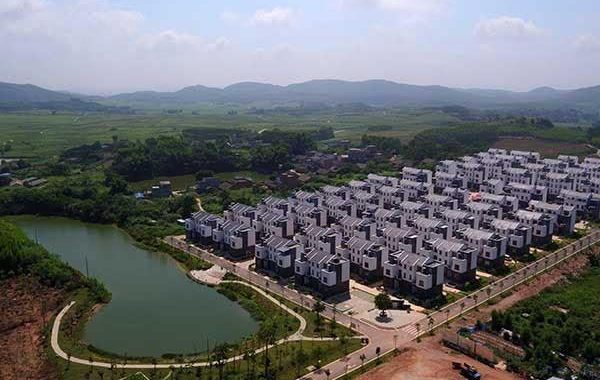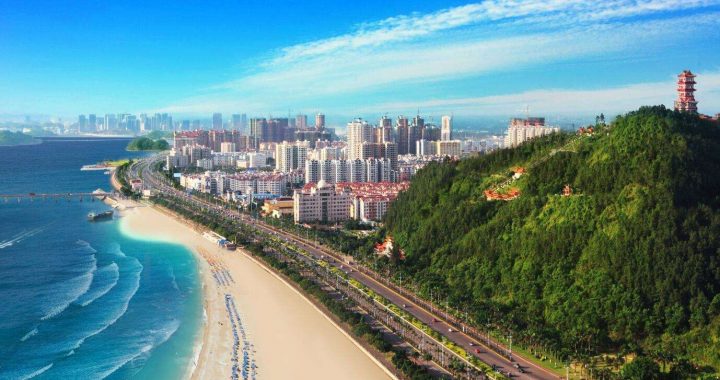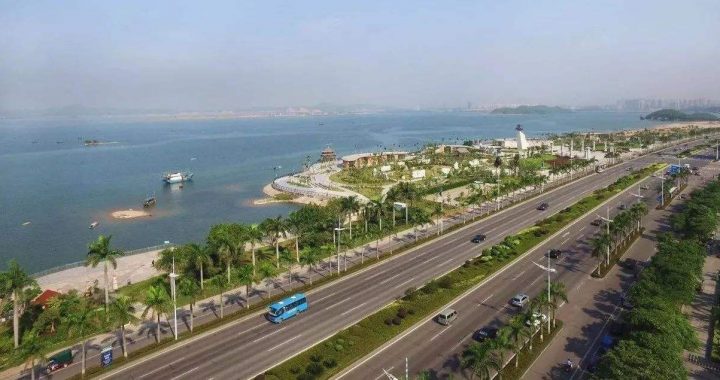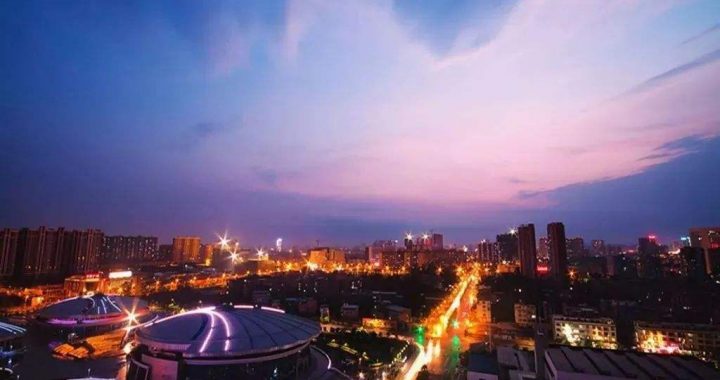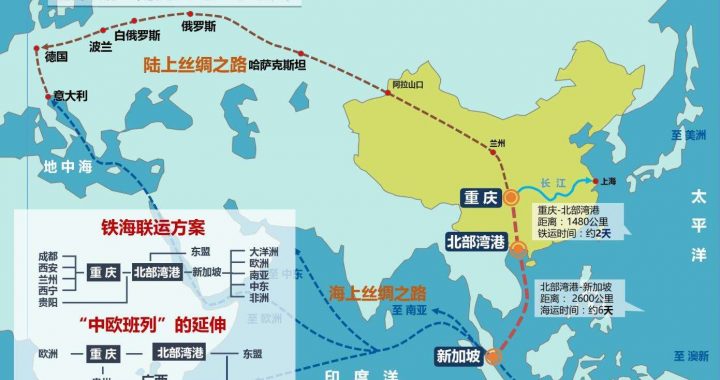Administrative Divisions and Population
1 min readThe Guangxi Zhuang Autonomous Region was established on March 5, 1958. However, since 1978, the anniversary commemorating the Baise Uprising and the liberation of Guangxi has been celebrated on December 11 as the region’s founding anniversary. Guangxi has 14 prefecture-level cities under its administration, namely Nanning, Liuzhou, Guilin, Wuzhou, Beihai Fangchenggang, Qinzhou, Guigang, Yulin, Baise, Hezhou, Hechi, Laibin, and Chongzuo;seven county-level cities 56 counties, 12 autonomous counties, and 34 municipal districts.

China’s most densely populated autonomous region, at the end of 2009, Guangxi recorded a population of 50.92 million, of which over 19.76 million (38.8% of the total) were of ethnic minorities.
Nanning, capital of Guangxi
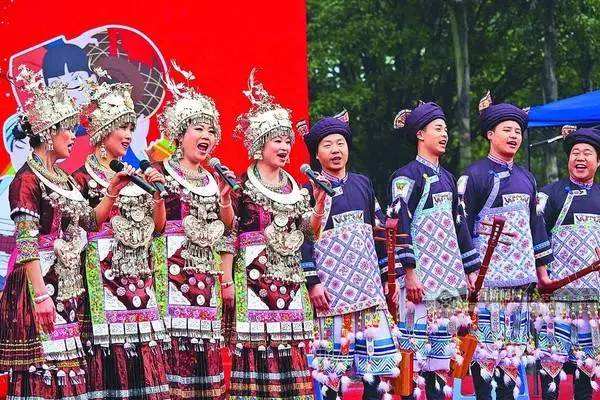
Nanjing, the capital city of Guangxi, dates back 1, 600 years. This ancient city in the south also serves as the political, economic, cultural, information, financial, technological and educational center of Guangxi. With the Yongjiang River, the China-Vietnam, Hunan-Guangxi, Nanning-Kunming railways and Guilin-Beihai Expressway, Guangxi is easily accessible by land,water and air. Nanning, also known as a Green City, is a national garden city and won UN Habitat Award in 2007.
